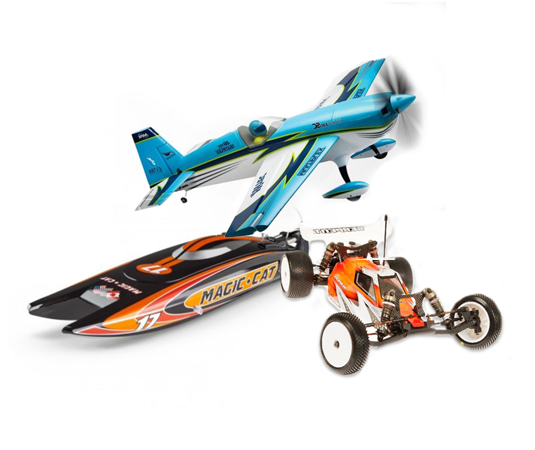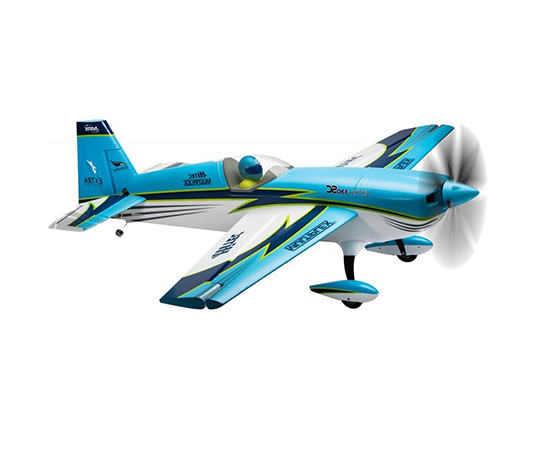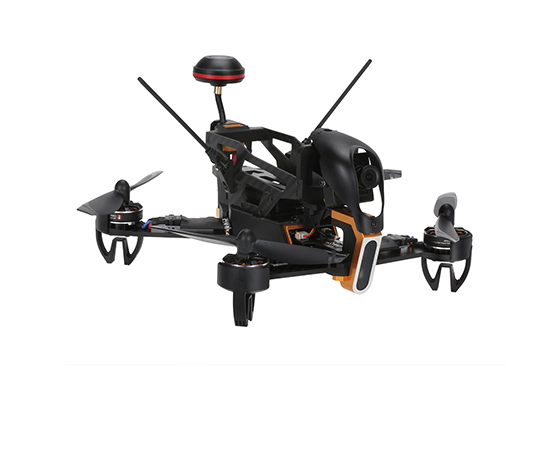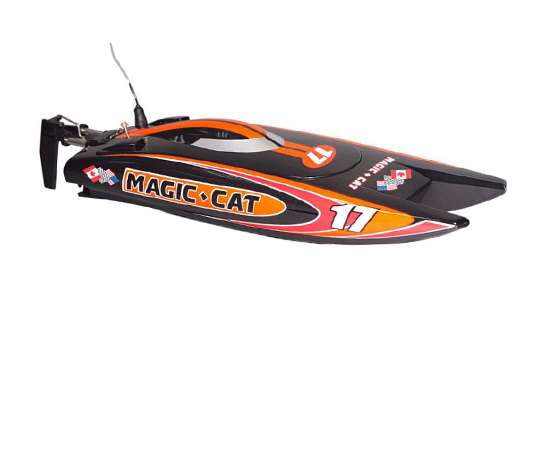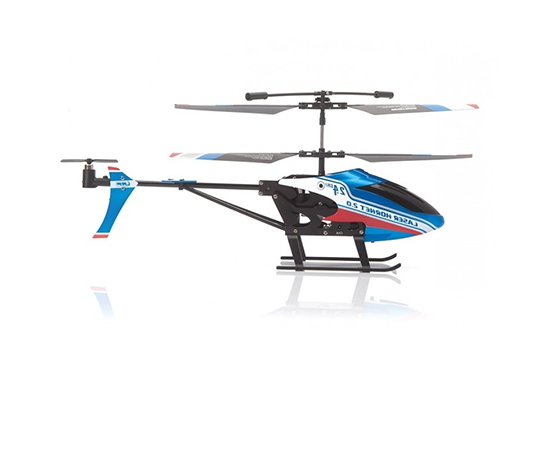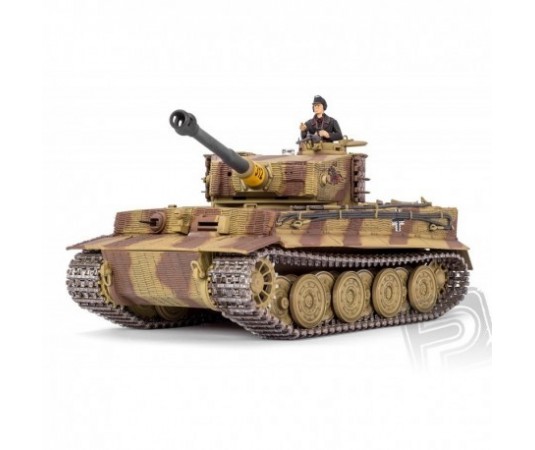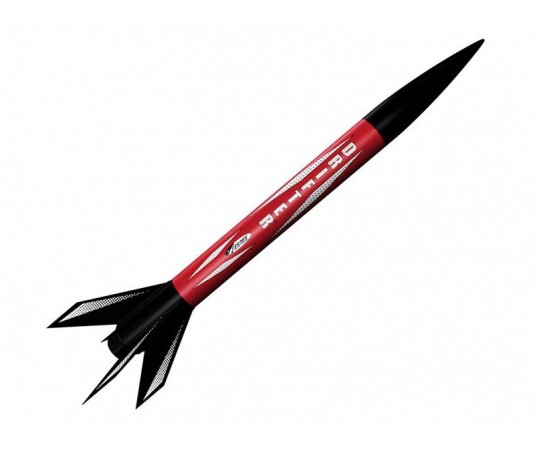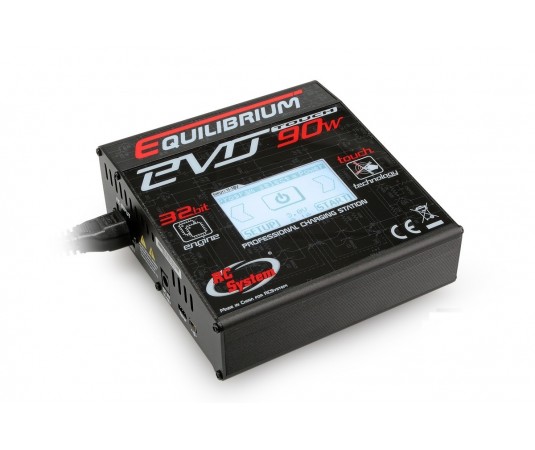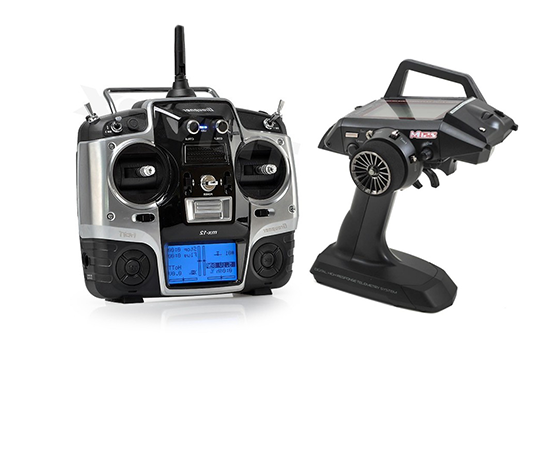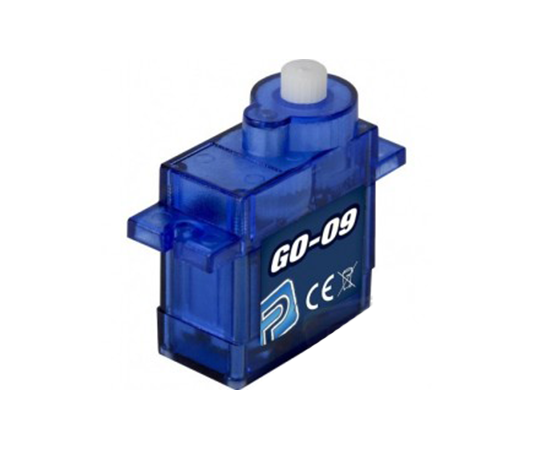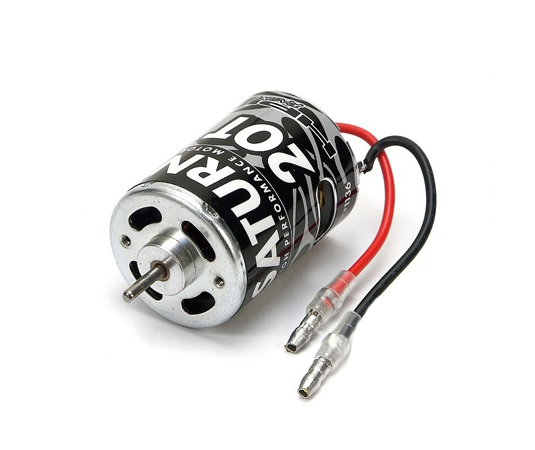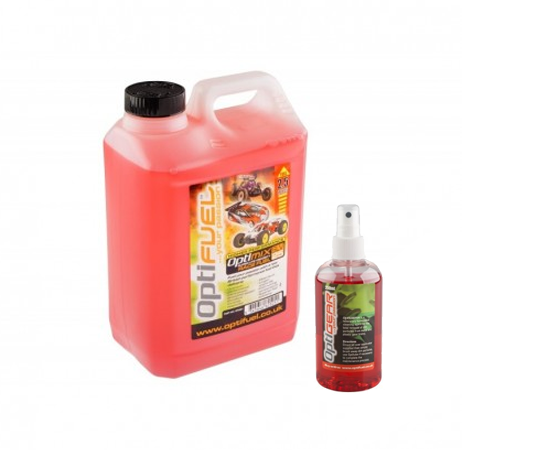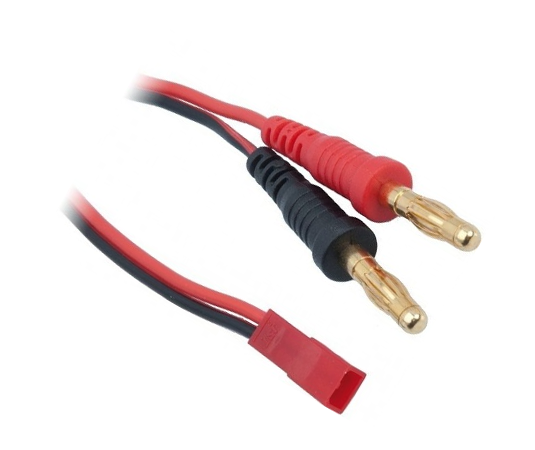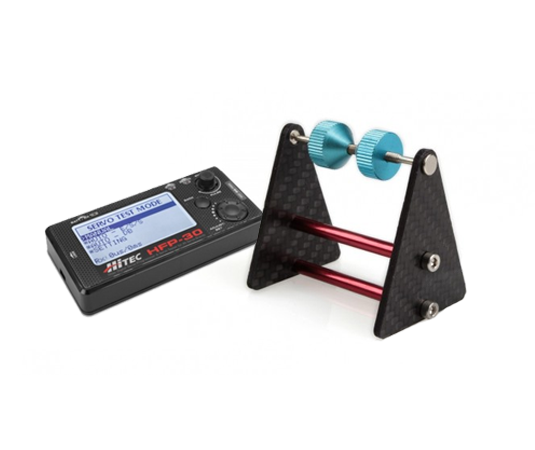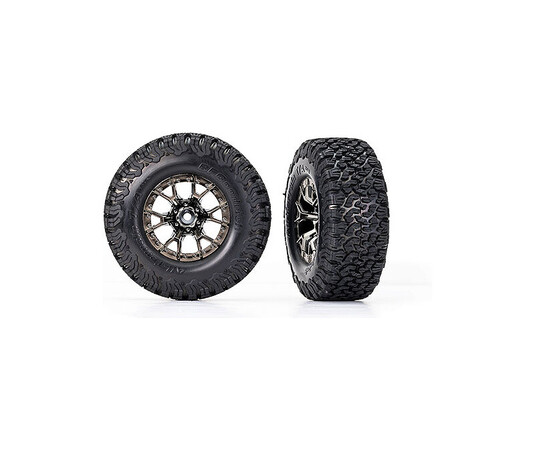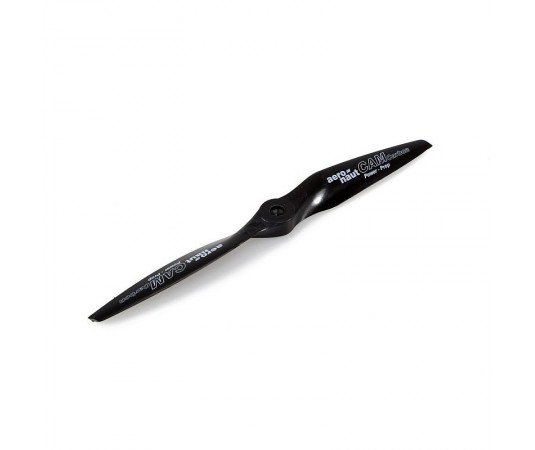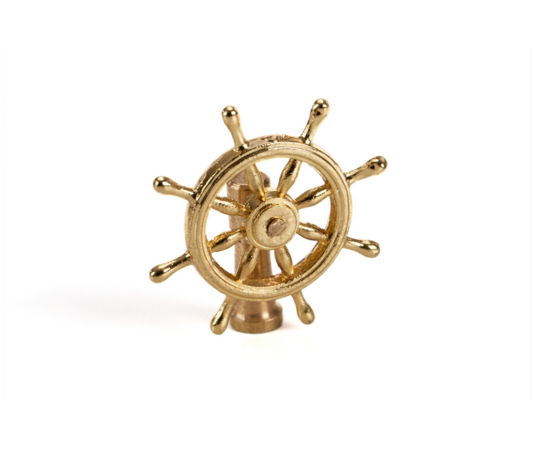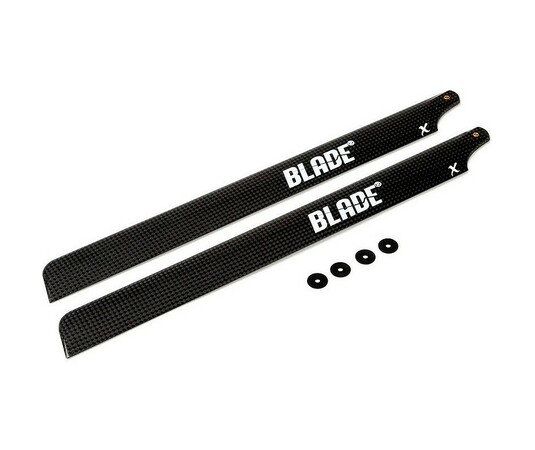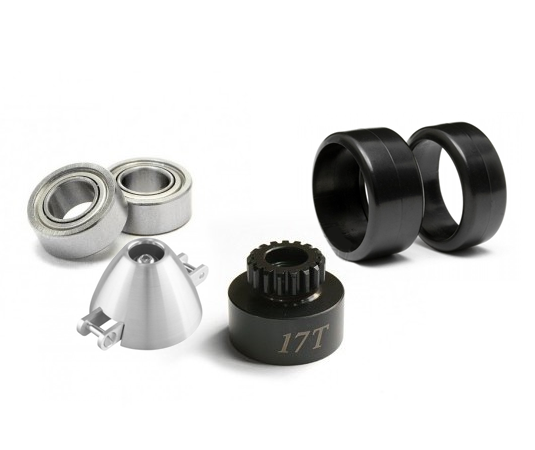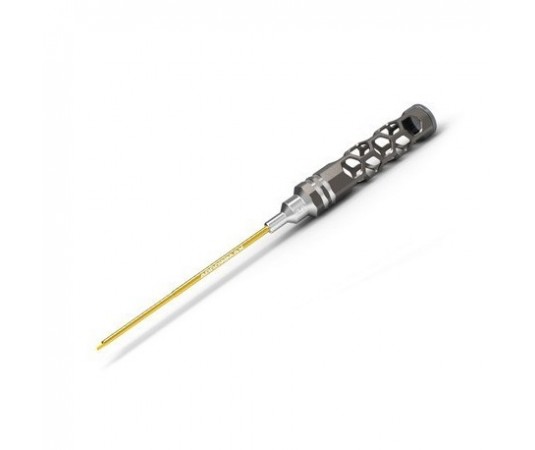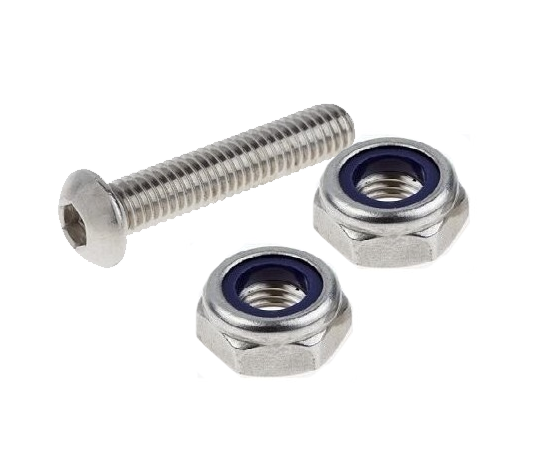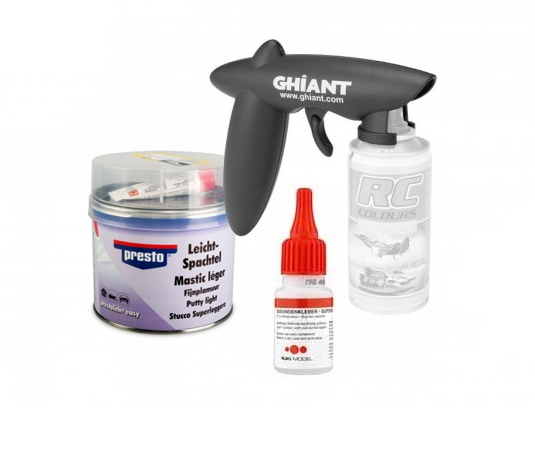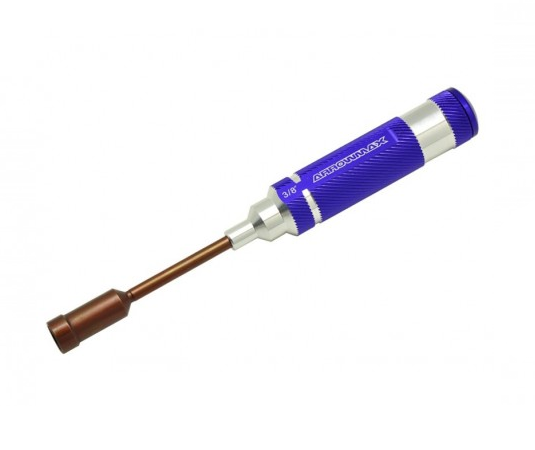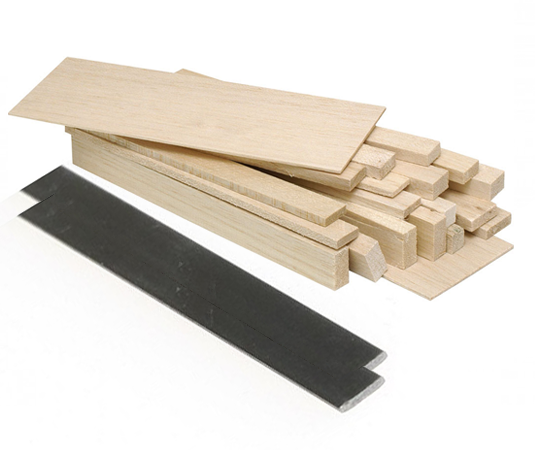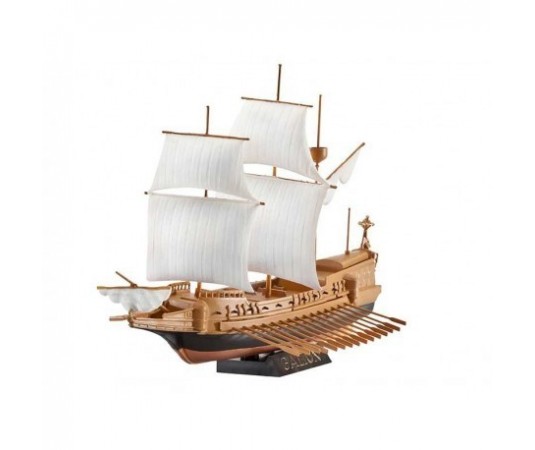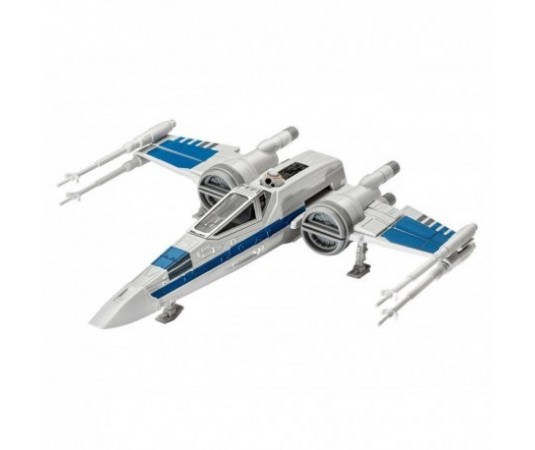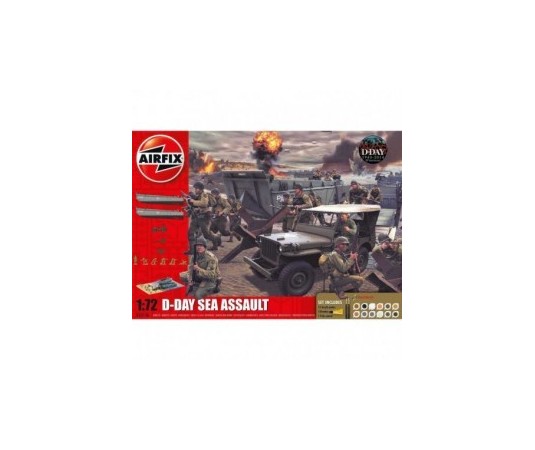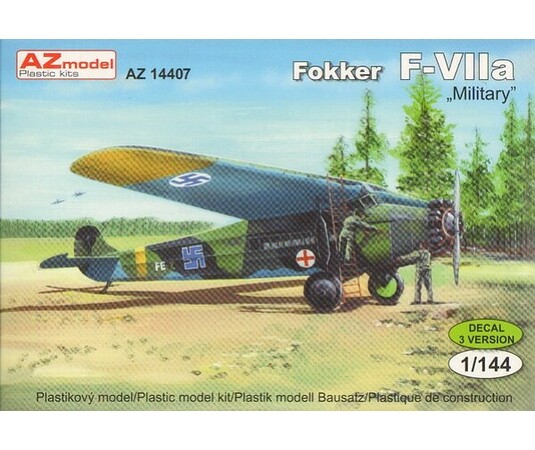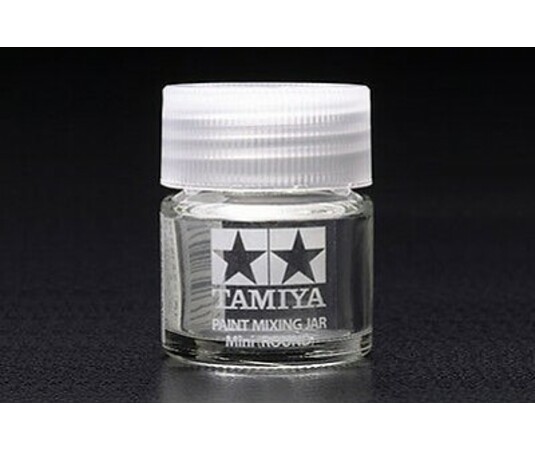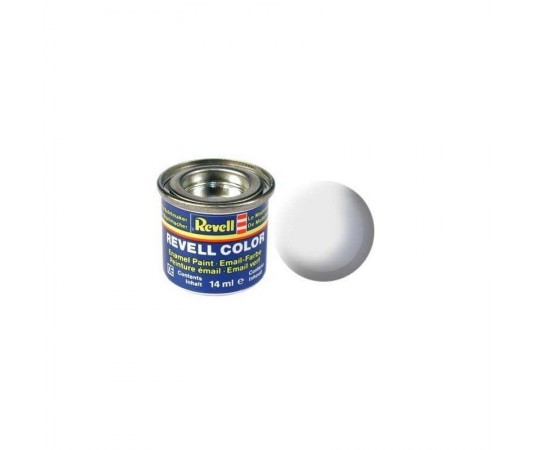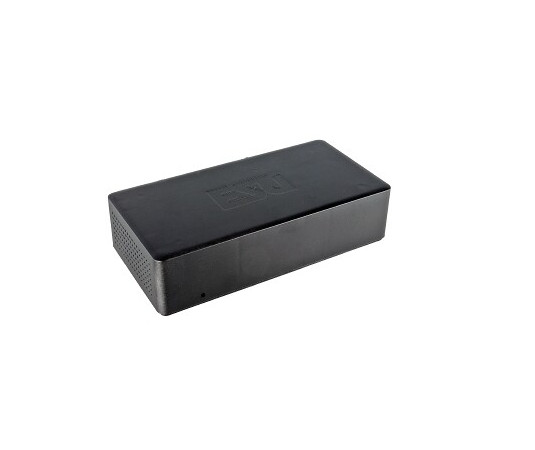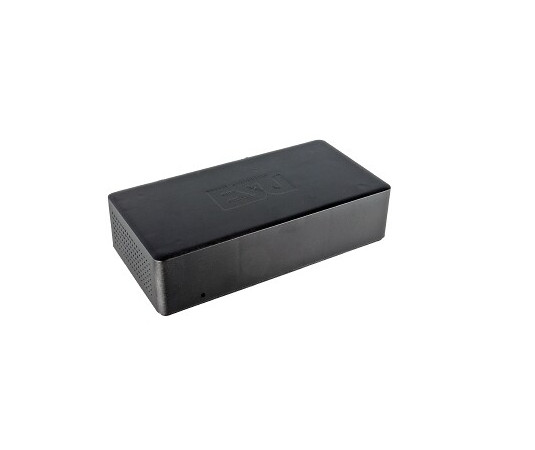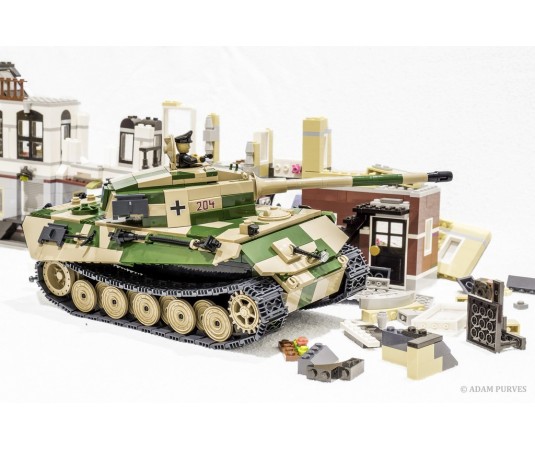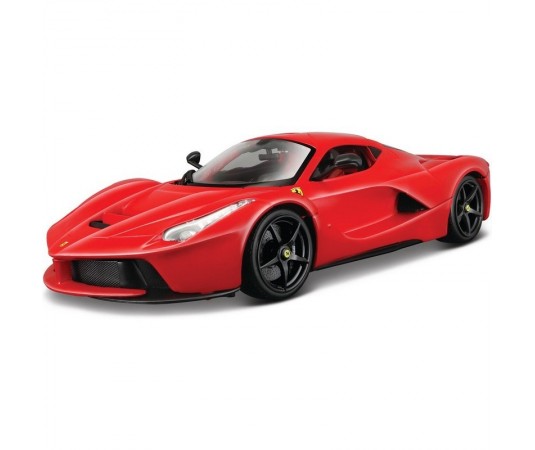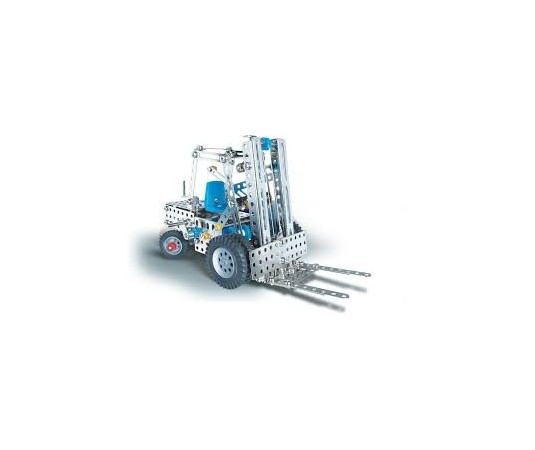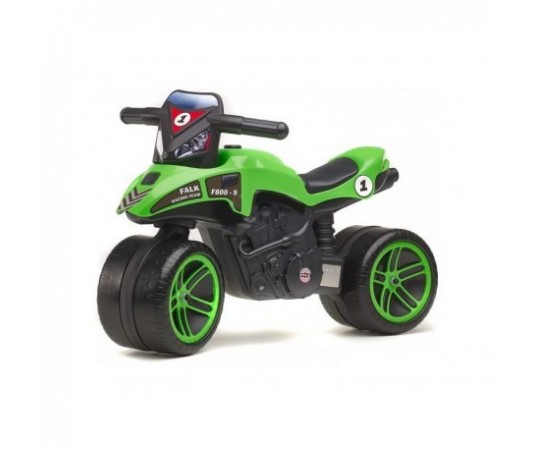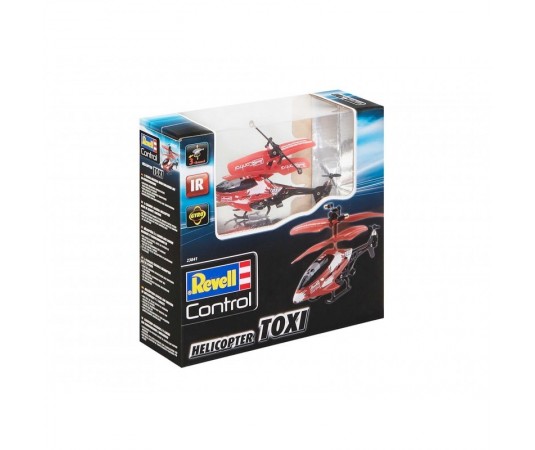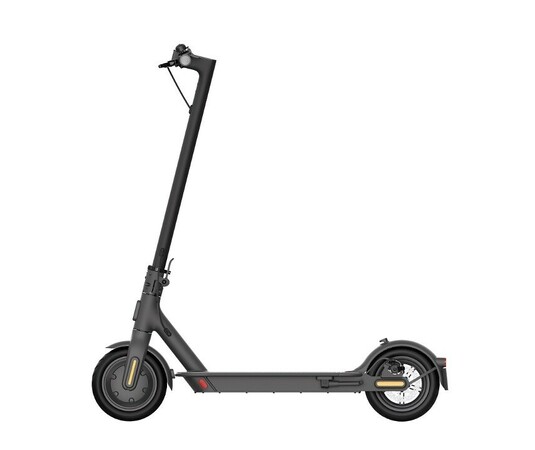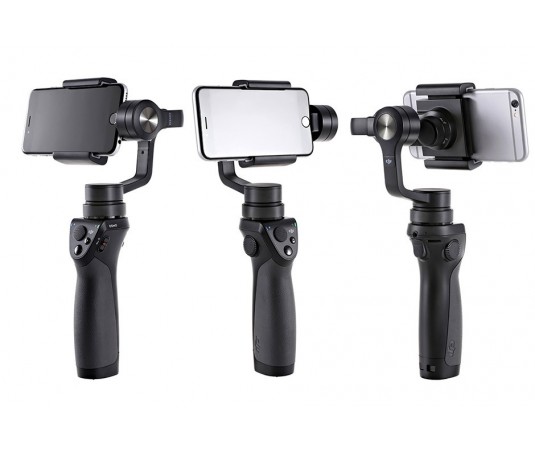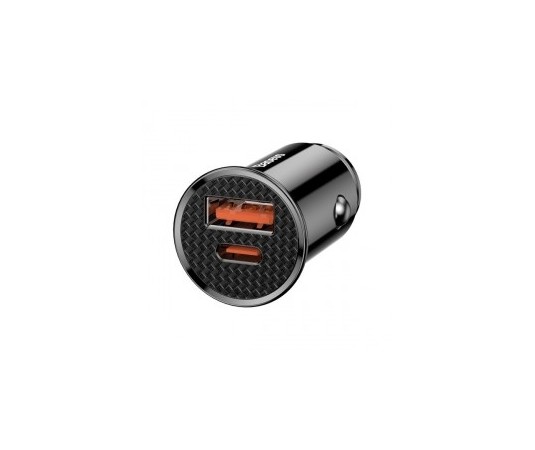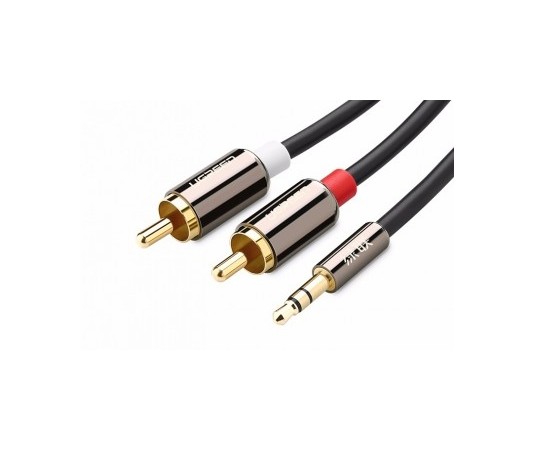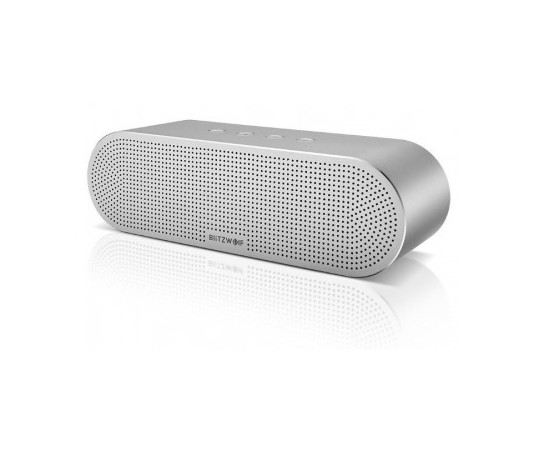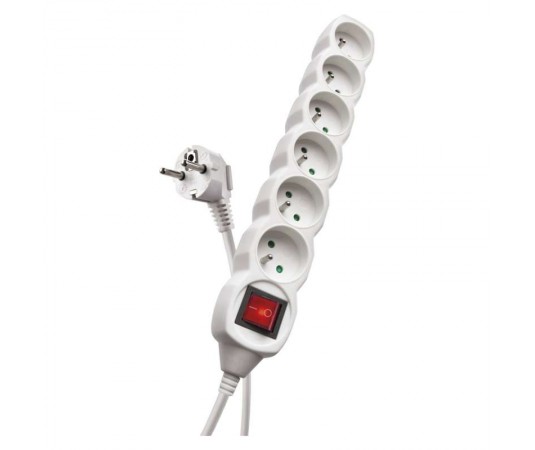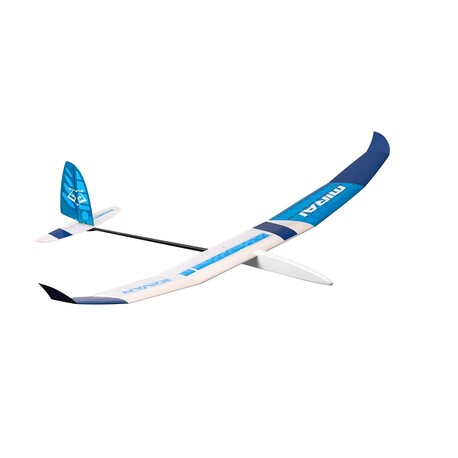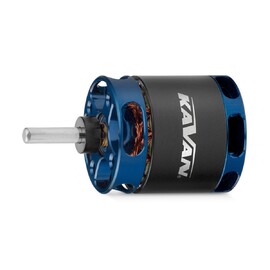KAVAN Mirai glider kit 1995mm

Express delivery

Large selection of carriers

Satisfaction guarantee
The two-meter thermal glider is one of the most grateful machines in the hangar of a recreational modeler - nothing compares to peaceful relaxation flights in mild conditions, circling in thermals under clouds, quiet flying in the evening calm, where you can sit and watch your elegant model fly almost alone … In addition, at the same time, the "two-meter" with a controlled rudder, elevator and aerodynamic brake starting with the help of a "rubber band" have their special competition category, which is not about life, but about flying together with similarly tuned modellers. There is also the F5-RES category for two-meter gliders with electric drive.
"Two-meter" is also ideal for anyone who wants to build models themselves, in the classic way of balsa, plywood and spruce beams. Construction goes pretty fast and not much - MIRAI is still quite a simple model in terms of construction, but not intended for complete beginners .
The MIRAI model was designed and manufactured in the Czech Republic.
A kit of a high-performance thermal glider of a classic very light all-balsa construction in a bulk, which you can also easily adapt to be driven by a 150–200W AC electric motor. MIRAI is an ideal project for modelers who want to build a really powerful model for competitive or recreational flying. Thanks to the well-thought-out construction with CNC-cut parts provided with protrusions and notches, which fit together like parts of a jigsaw puzzle, construction is very fast and easy. MIRAI is a "thoroughbred competition" with which you can successfully fight for places "on the box" in the F3-RES or F5-RES category. The kit contains fuselage parts for a clean glider and electrolyte.
The front of the fuselage consists of a balsa gondola and light plywood; its core consists of a simple "box" construction with balsa side panels and plywood partitions. In the glider, the space for the rudder and elevator servos is located in the fuselage under a removable side cover with a magnetic closure; in the case of a powered glider, the servos are placed in the space under the wing. The tail of the fuselage consists of a beam made of carbon tube with glued pylon with a core of light plywood clad balsa to secure the horizontal tail surface. The glider version also offers a carbon tube in the space under the wing, in which you can easily place an additional load to increase penetration.
The three-part wing with a special HB RES profile is a classic construction with balsa ribs and a rigid torsion box cover on the centerplane. The main beam consists of flanges made of spruce slats with a balsa web, which guarantees high strength of the skeleton at a very low weight. The ears with elegant winglets are connected to the centerplane by carbon connectors and beech pins with magnets as fuses. There is a two-part tilting aerodynamic brake in the centerplane - we recommend not to miss this, especially if you are building a "clean" glider. It is controlled by a single servo by means of a torsion drive made of a carbon rod with laminate levers. The wing is attached to the fuselage with a plastic screw.
The tail surfaces are plate, glued from CNC cut balsa parts. They are removable for easy transport; after sliding on the carbon guide rods, they are fastened with a plastic screw. The rudders are controlled by wire ropes.
You can cover the model with iron-on foil - for example with a transparent Oracover for purely recreational flying. If you are building a competition machine, lighter Oralite, Non-woven or similar materials are preferred.
You will need at least a three-channel RC kit to control the model (even a two-channel is enough for a clean glider without brakes). The servos are suitable for a standard 9–15 g microservo with a pull of 1.5–2 kg * cm.
The NiMH four-cell AAA ENELOOP 800 mAh is ideal for powering the on-board electronics of the competition machine. / p>
To drive the electric version, you will need a 150-200W AC electric motor with a diameter of 22 mm, a 20A regulator such as the KAVAN R-20B and a 2S or 3S LiPo battery 450 mAh.
The kit contains: CNC carved balsa and plywood parts, beams and balsa boards for rigid coating, carbon tubular tail beam, set of accessories, sheet of self-adhesive decals, construction plan in 1: 1 scale and instructions.
Notice
Pursuant to Commission Delegated Regulation (EU) 2019/945 of 12 March 2019 on drones and unmanned system operators from third countries and Commission Implementing Regulation (EU) 2019/947 of 24 May 2019 on the rules and procedures for operations Unmanned aircraft operators and pilots of unmanned aerial vehicles (classic aircraft models, multicopters, drones) that weigh more than 250 g or carry a camera or other sensor capable of capturing personal data are obliged to register (in the Czech Republic with the Civil Aviation Authority) . More information can be found here: Registration of drone operators and pilots
| Span [mm] | 1995 |
| Length [mm] | 1210 |
| Weight from [g] | 420 |
| Wing area [dm 2 ] | 36 |
| Controlled functions | S, V, B |
| Construction complexity | S2 |
| Difficulty of piloting | P1 |


